New Health Advisor
Dysuria (Painful Urination)
Dysuria is a symptom of pain, discomfort, or burning when urinating. It is more common in women than in men. In men, it is more common in older men than younger men.
These are some of the more common causes of painful urination:
Infections. Urinary tract infections (UTIs) are one of the leading causes of painful urination. Infections can occur in any part of the urinary tract, including:
- Kidneys
- Ureters (tubes that carry urine from the kidneys to the bladder)
- Bladder
- Urethra (tube from the bladder that carries urine out of the body)
Urinary tract infections are most often caused by bacteria that get into the urinary tract through the urethra.
Factors that can increase your chance of developing a UTI include:
- Being a woman
- Diabetes
- Advanced age
- Enlarged prostate
- Kidney stones
- Pregnancy
- Having a urinary catheter in place
Besides painful urination, other symptoms of UTI include:
- Fever
- Foul or stronger-smelling urine
- Cloudy or bloody urine
- Increased urinary frequency or urge to urinate
- Flank pain
Sometimes painful urination can be related to a vaginal infection, such as a yeast infection. With vaginal infections, you may also expect changes in vaginal discharge and odor.
Sexually transmitted infections can also cause painful urination. These include:
Besides painful urination, these sexually transmitted infections can also cause symptoms such as:
- Itching
- Burning
- Blisters or sores for genital herpes
- Abnormal discharge
Inflammation and irritation. A range of problems can lead to inflammation or irritation of the urinary tract or genital area, leading to the symptom of painful urination. Besides infections, other reasons that area may be irritated or inflamed include:
- Stones in the urinary tract
- Irritation of the urethra from sexual activity
- Interstitial cystitis, a condition caused by bladder inflammation
- Vaginal changes related to menopause
- Activities such as horseback riding or bicycling
- Vaginal sensitivity or irritation related to use of scented soaps or bubble bath, toilet paper, or other products such as douches or spermicides
- Side effects from certain medications, supplements, and treatments
- Tumor in the urinary tract
Seeing a Doctor for Dysuria
After a history and physical exam, your doctor may request lab tests to help diagnose the cause of your dysuria symptoms. Then you can begin targeted treatment.
To help determine the cause, the doctor may ask whether your painful urination:
- Started suddenly or gradually
- Occurred once or many times
- Is felt at the onset of urination
The doctor may also ask if your painful urination is accompanied by symptoms such as:
- Fever
- Abnormal discharge
- Flank pain
The doctor may also want to know if the painful urination is accompanied by changes in urine flow, such as:
- Dribbling
- Difficulty initiating flow
- Increased frequency or need to urinate
And you may also be asked by your doctor if there are changes in urine character along with painful urination. These include changes in urine such as:
- Color
- Amount
- Blood in urine
- Pus in urine
- Cloudiness
Answers to these questions will give your doctor clues to the cause. You will likely need a urine test or other tests to confirm a diagnosis.
Show Sources
Roberts, R. and Hartlaub, P. American Family Physician, Sept. 1, 1999; vol 60: pp 865-872.
Bremnor, J. and Sadovsky, R. American Family Physician, April 15, 2002; vol 65: pp 1589-1597.
The Merck Manual: “Dysuria.”
AUA Foundation: “Urethral Diverticulum.”
What Causes the Pain While Urinating?
Experiencing pain or burning while you urinate is an indication that something is wrong and you need to have it checked out by a doctor immediately. The main cause of pain during urination is a urinary tract infection, but there are other causes that can lead to pain, burning or discomfort when you pee. While dysuria, which is the medical term for painful urination, can be common in some women and men, usually older men, it is still cause for concern.
Why Does It Hurt When I Pee?
If you are wondering why it hurts when you pee, paying attention to any other symptoms you have can help you determine the cause for your dysuria. However, it is important to see a medical professional for a more accurate diagnosis. Medical conditions that can use pain or burning during urination include:
1. Urinary Tract Infections
One of the most common causes of pain during urination is having a urinary tract infection or UTI. An infection can occur along any part of the urinary tract, which includes:
- Kidneys
- Bladder
- Ureters – the tubes that carries urine from the kidneys to the bladder
- Urethra – the tube that carries urine from the bladder out of the body
UTIs are usually caused by bacteria that get into the urinary tract through the urethra. Along with pain, burning or discomfort during urination, some of the other symptoms of a UTI include:
- A fever
- Foul or strong smelling urine
- Urine that is cloudy or bloody
- Increased frequency or urge to urinate
2. Cystitis (Bladder Inflammation)
Cystitis is the inflammation of the bladder and it is the most common type of UTI, especially in women. Mild cases usually resolve themselves in a few days, but for people who frequently get cystitis, they may need to have regular treatments for it. If symptoms do not improve, you should seek medical advice as cystitis can lead to a more serious kidney infection.
The symptoms for this condition are the same as most UTIs and can also include feeling unwell, sick, achy and tired.A form of cystitis called interstitial cystitis, also known as painful bladder syndrome, isn’t caused by an infection and it causes long-term pain in the pelvic region and problems with urination. Along with painful urination, the symptoms include:
- Intense pelvic pain, usually below the belly button
- Strong, sudden urges to pee
- Urinating more frequently
- Waking up several times during the night to urinate
3. Vaginal Infections
If you are a woman and are wondering why does it hurt when I pee, then you may have a vaginal infection. One of the most common vaginal infections is yeast infections and along with causing discomfort when you urinate, you may also notice a vaginal discharge that is white or yellow in color and an odor. A yeast infection will also cause itching, but itching or irritation of your vagina may not be caused by an infection.
4. Irritation
Some women will experience irritation around their genitals if they use products like soaps, lotions or bubble bath liquids that irritate the tissues around their vagina. Dyes in laundry detergents, toilet tissue paper and other toiletry products can also cause irritation and lead to pain or burning during urination.
5. Sexually Transmitted Infections
One of the symptoms for some sexually transmitted infections, or STIs, is painful urination. If it hurts when you pee and you are sexually active, especially if you do not wear protection, you should be tested for:
- Gonorrhea
- Chlamydia
- Genital Herpes
Other symptoms that indicate STIs as the cause of discomfort during urination include itching, burning, abnormal discharge and blisters or sores for genital herpes.
6. Kidney Stones
While some of the other causes of dysuria lead to mild discomfort or pain, having kidney stones can cause more severe pain when you try to urinate. Kidney stones are small, hard mineral deposits that form in the kidneys or they may form when urine becomes concentrated, which allows minerals to crystallize and stick together. Kidney stones can affect any part of the urinary tract, from the kidneys to the bladder.
Passing kidney stones can be very painful, so that is why it may hurt when you are trying to urinate. Along with urination, kidney stones can cause pain in the back and along your side below the ribs, pain can spread from the abdomen to the groin and come in waves and it can fluctuate in intensity. Other symptoms may include:
- Pink, red or brown urine
- Cloudy or urine that smells foul
- Nausea or vomiting
- Persistent need to urinate
- Urinating more frequently
- Peeing in only small amounts
- Fever and chills if an infection is present.
7. Prostatitis (Inflamed Prostate)
Prostatitis occurs in men when their prostate is infected or is inflamed without an infection present. This condition can incur due to a bacterial infection, but that only occurs in about 5% to 10% of all prostatitis cases. There are three types of prostatitis:
- Chronic bacterial prostatitis
- Acute bacterial prostatitis
- Chronic pelvic pain syndrome or nonbacterial prostatitis
The exact cause of prostatitis is unknown, but it can be caused by an abnormal urinary tract, inserting a medical instrument like a catheter to drain urine, or an enlarged prostate. Painful urination, difficulty in urinating, fever and chills, or an increased urge to pee or urinating more frequently, pain when ejaculating, pain in back and buttocks, are some of the symptoms of this condition.
Treatments for Painful Urination
After finding out the answer to “why does it hurt when I pee?”, the most frequent treatment for painful urination caused by a bacterial infection is a course of antibiotics. Antibiotics are used to treat UTIs, bacterial causes of prostatitis and treatable STIs like gonorrhea. Your doctor may also write a prescription to treat your irritated bladder.
Once you start taking the antibiotics, painful urination due to bacterial infections usually improves quickly. As long as you follow the instructions for taking the antibiotics, you will fully recover from your condition. Treating interstitial cystitis can be more difficult as antibiotics won’t work for this condition. The drugs usually prescribed are:
- Tricyclic antidepressants
- Pentosan Polysulate Sodium
- Acetaminophen with Codeine
These medications sometimes have to be taken for up to four months before you will start feeling better.
Lifestyle Changes for Painful Urination
Changing some of your habits can help prevent causes of painful urination. You can drink more water to help flush out your urinary tract and drink cranberry juice to avoid UTIs. In addition, when you have sex, you should always wear a condom to keep from getting a STI. Don’t use or buy products that irritate your genitals and change your diet to eliminate foods and drinks that can irritate your bladder.
If you are wondering why it hurts when you pee, seek medical advice for discomfort and pain when you urinate. Your doctor will diagnose your problem, usually by doing a urinalysis, and prescribe the appropriate medications to treat your condition and clear it up quickly.
Reasons It Hurts to Pee
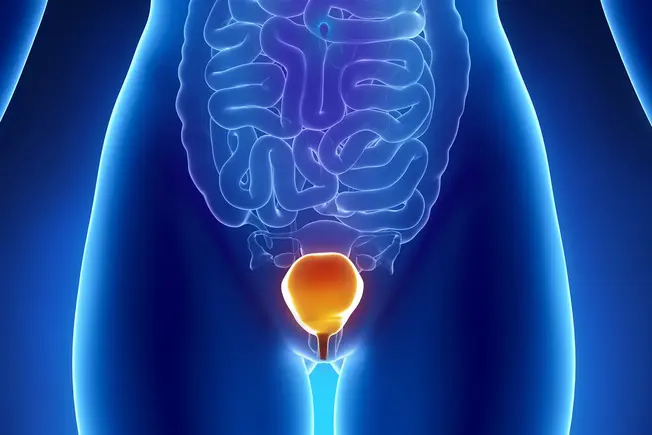
This usually means a type of virus or bacteria infects the bladder or the urethra, the tube through which urine leaves your body. You might feel like you have to go all the time, and it may burn or smell funny when you pee. Your urine also may look cloudy, red, bright pink, or brown. Your doctor can test it for bacteria, and they might prescribe antibiotics to get rid of the infection.
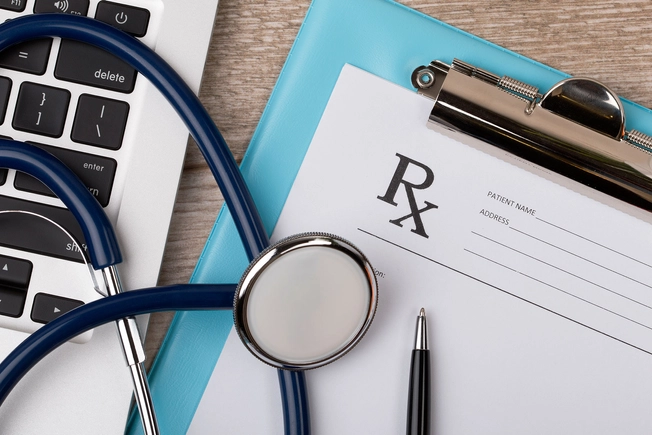
Kidney Infection
2/14
Bladder infections sometimes move up the urinary tract to your kidneys, which is more serious. Or you can get a kidney infection after surgery. You might have fever, chills, nausea, vomiting, and pee that’s dark, cloudy, bloody, or bad-smelling. Your doctor will likely prescribe antibiotics to treat the problem. But you can try to prevent it, too: Drink plenty of water, try to pee after sex, and go when you feel the urge.
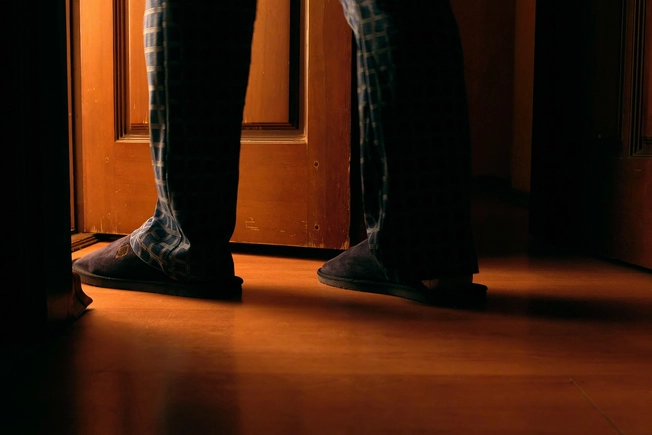
Painful Bladder Syndrome
3/14
Also called interstitial cystitis, it means your bladder walls get irritated. Your bladder gets swollen and sensitive, and your belly and pelvis may hurt. You may feel the need to go a lot but only pee a little at a time. Pain or burning in your lower belly or genitals might improve after you pee but get worse when you have to go or during sex. There’s no cure, but diet, exercise, medication, surgery, and physical therapy can treat it.

Kidney Stones
4/14
They form when too many minerals, usually calcium, build up in your body. The stones start in the kidney but may continue to grow in the bladder or in the ureter, the tube that connects the two. It can really hurt to pee if they get big enough to block the flow of urine. Waves of pain can hit your back between your hips and ribs. Smaller stones can pass on their own, but you might need surgery to get rid of larger ones.

Yeast Infection
5/14
This happens when your body has too much of a type of fungus called candida. If you’re a woman, you might itch and burn around your vagina; have pain when you pee or have sex; and notice a thick white discharge. In men, yeast infections can inflame the head of the penis and cause pain, irritation, and a white discharge. It’s easy, but important, to treat the problem. Over-the-counter drugs usually work, but talk to your doctor first.
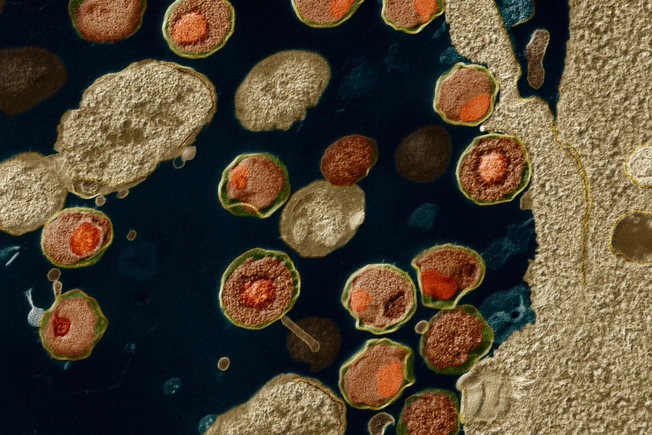
Chlamydia
6/14
It’s a bacterial STD you get from having sex with an infected person. Though most people have no symptoms, it can make you burn when you pee and cause a discharge from the vagina or penis. Women may find sex painful, and men sometimes have pain in their testicles. If you have any signs of chlamydia, see your doctor. They can give you a course of antibiotics to keep the infection from causing other serious health problems.
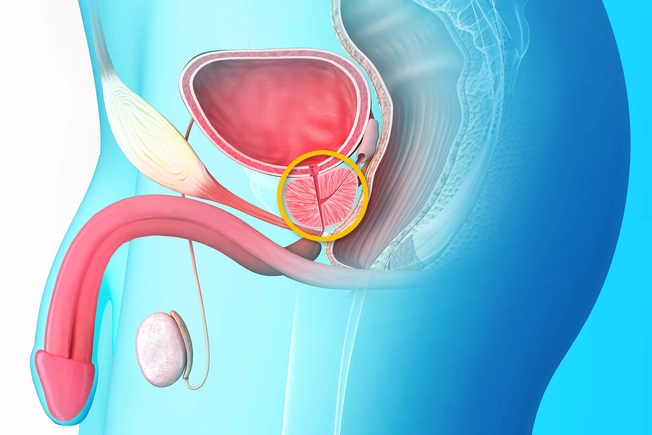
Prostatitis
7/14
The prostate, a small gland near a man’s bladder, gets swollen and tender. It may be painful and hard to pee. You might also have bloody or cloudy urine, and pain in your groin and lower belly when you poop or ejaculate. Bacteria are often the cause, and antibiotics can treat the infection. But trauma from surgery or injury, especially to nerves in the area, can also cause prostatitis.

Vaginal Atrophy
8/14
This can happen to women when they go through menopause. The tissues of the vagina slowly start to shrink and thin out because the body has less estrogen. It can cause pain when you pee, painful sex, itching, burning, dryness, discharge, and bleeding. Hormone replacement therapy can help restore strength, stretchiness, and moisture to your vagina. There are also lotions, oils, and lubricants that often make sex more comfortable.

Vaginal Tear
9/14
Childbirth is the leading cause, but sex or an injury from straddling something, like a bike seat, can do it, too. Deep tears need stitches, but shallow ones can heal on their own in a few weeks. You may see blood in the area, and it can sting or burn when you pee. Unless it’s very painful, keeps bleeding, or you have signs of infection (unusual discharge, fever, feeling dizzy or weak), pain meds and a sitz bath might be all you need.
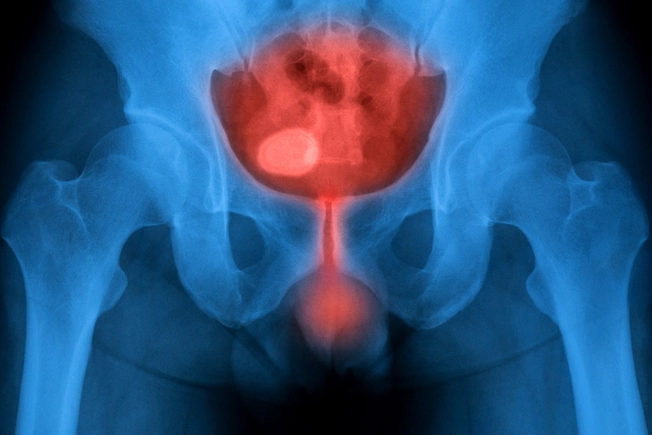
Urethral Stricture
10/14
Infection, swelling, or injury damages the urethra, a tube that carries pee out of the body. This creates scar tissue that blocks or slows the flow of urine, which can hurt. You also might have dark-colored urine, pain in your lower belly, problems with bladder control, and UTIs. Your doctor can try to stretch your urethra to open the stricture or clear it out with surgery.

Douching
11/14
Some women do it to clean their vagina. To “douche,” you squirt water, often mixed with vinegar, iodine, or baking soda, into the vaginal area. Doctors say it’s a bad idea. It upsets the natural balance of bacteria, which could lead to more infections that make it painful to pee. It also might make it harder to get pregnant or cause problems during pregnancy. It will not “undo” or prevent pregnancy once you’ve had sex.
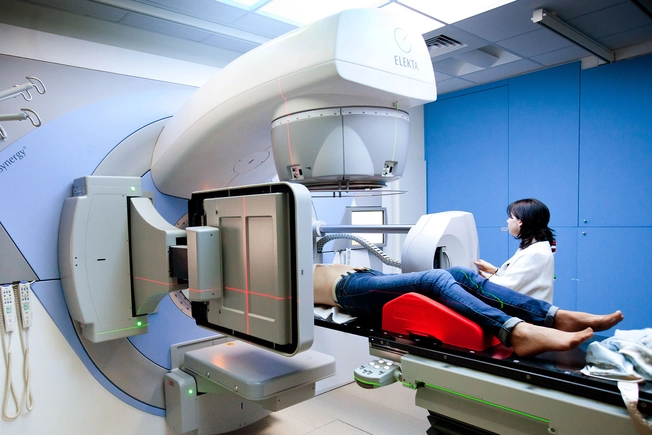
Cancer Treatment
12/14
Chemotherapy or radiation around your lower belly can inflame the bladder and make it hurt to pee. You may notice it several weeks after therapy starts, and it might continue for some weeks after you finish your treatment. Surgery to remove tumors in the area also could cause irritation and raise your odds of an infection. It can help to drink plenty of fluids, wear loose clothing, and talk to your doctor about your symptoms.
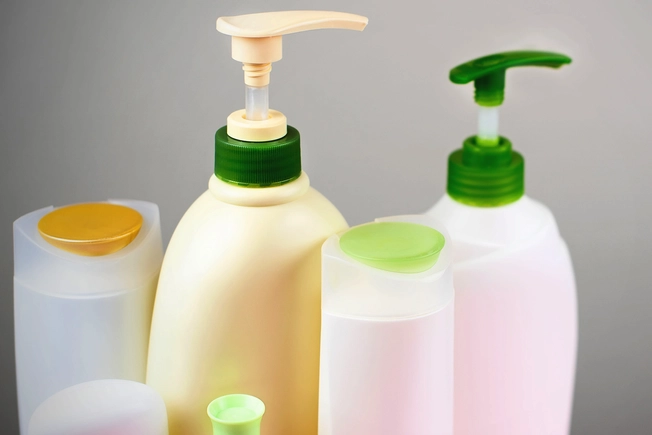
Personal Care Products
13/14
Wipes, creams, and sprays at your local drug store offer a way to “freshen up” your private parts, especially for women after sex. They’re mostly unnecessary, and some have harsh chemicals that can lead to skin breakouts, infection, and other problems. Warm water is all you need to clean the area. If you’re a woman, avoid scented tampons, pads, powders, and similar products, especially if you tend to get infections.

Tumor
14/14
It’s rare, but a tumor, whether cancerous or not, can sometimes make it hurt to pee if it’s near your bladder or urethra. You also might have to go more often. Talk to your doctor if you see blood in your urine, notice pain when you pee, or feel a lump in your lower belly.
Show Sources
IMAGES PROVIDED BY:
6) Science Source
12) Science Source
14) Science Source
CDC: “Chlamydia — CDC Fact Sheet.”
Cleveland Clinic: “Bladder Cancer,” “Urination: Frequent Urination,” “Vaginal Atrophy,” “Interstitial Cystitis (Painful Bladder Syndrome).”
Environmental Health Perspectives: “A Question for Women’s Health: Chemicals in Feminine Hygiene Products and Personal Lubricants.”
Mayo Clinic: “Contact dermatitis,” “Sexually transmitted diseases (STDs),” “Vaginal tears in childbirth,” “Prostatitis,” “Male yeast infection: How can I tell if I have one?” “Urinary tract infection (UTI).”
Merck Manual: “Inflammation of the Penis,” “Stones in the Urinary Tract.”
National Institute of Diabetes and Digestive and Kidney Diseases: “Kidney Infection (Pyelonephritis),” “Interstitial Cystitis (Painful Bladder Syndrome),” “Bladder Infection (Urinary Tract Infection — UTI) in Adults.”
NIH National Cancer Institute: “Side Effects of Cancer Treatment.”
Prostate Cancer Foundation: “Prostate Gland.”
Fairview Health: “Vaginal Tear (Non-Obstetric).”
Urology Care Foundation: “Urethral Stricture Disease.”
U.S. Department of Health and Human Services Office on Women’s Health: “Douching,” “Vaginal yeast infections.”






